Central Asia: The Great Game Replayed
In the nineteenth century, the great game was played between two major colonial powers of the time—Tsarist Russia and Great Britain. The prize was "The Jewel in the Crown"—India, and the pathway to it ran through Afghanistan. Today, the pathway still runs through Afghanistan but the players are different—the United States of America, Russia and China, with Iran, India, Pakistan on the periphery. The prize is the oil and mineral wealth of Central Asia and its geo-political and strategic positioning. Over the years, particularly after the Soviet invasion in 1979 and the subsequent collapse of the Soviet Union in 1991. Afghanistan has emerged as the hub of religious extremism and international terrorism. In the aftermath of the terrorist attack on the US in September 2001, this region has become the field of intense competition among the major powers. The resultant American military presence in Afghanistan and some of the states of Central Asia, a new dimension has been added to the geo-politics of the region. The possibility of Russia finding common cause with China to contain the US hegemonic influence is almost inevitable. Iran feels equally uncomfortable with its arch enemy America’s presence in its neighbourhood. While India does not share a direct boundary with any of the states of Central Asia, nevertheless, because of its geographical proximity and historical cultural ties, and its interest in the sources of energy. India considers Central Asia as part of its extended neighbourhood. This book provides an in-depth analysis of the Indian perspective on the great game as it unfolds and its geo-political ramifications for this country.
Get it now and save 10%
BECOME A MEMBER

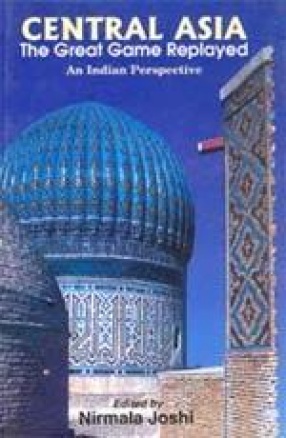
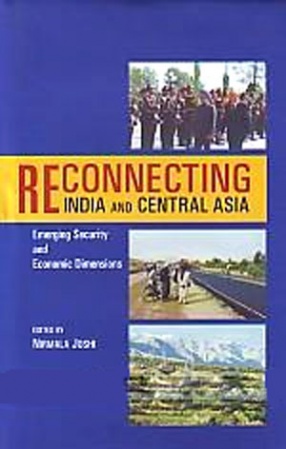
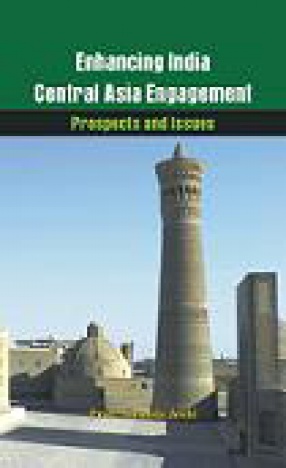
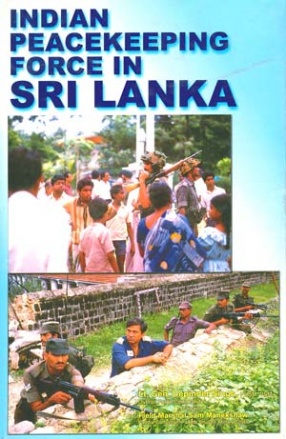
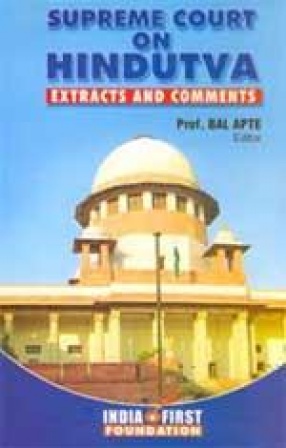
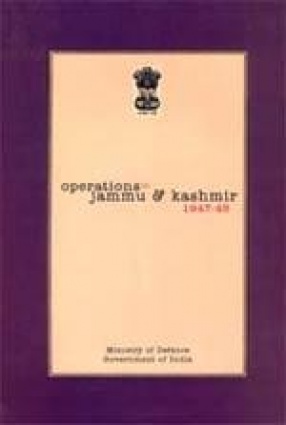
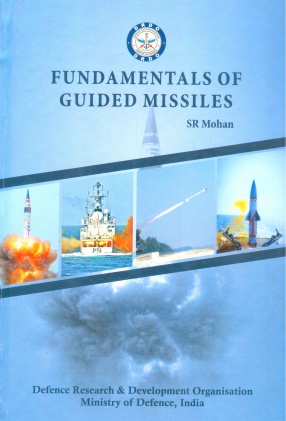

Bibliographic information
Tags